Types of public rights of way
By law, all members of the public have a right of passage along public rights of way, all of which are classified according to the nature of the public's rights along them.
There are four categories of public right of way that appear on the definitive map and statement (footpath, bridleway, restricted byway, and byway). The rights of way map is currently unavailable and is going through development; please contact our Rights of Way Officer for information via our Contact Centre.
Footpath
The public right of way is on foot only. Public footpaths are often waymarked with yellow arrows.
Bridleway
The public right of way is for pedestrians, horse riders and cyclists. Anyone cycling must give way to people on foot and on horseback. Public bridleways are often waymarked with blue arrows.
Restricted byway
This definition replaced the former RUPP (Road Used as Public Path) category following commencement of the Natural Environment and Rural Communities (NERC) Act 2006. This public right of way is for all types of traffic except motorised vehicles. Restricted byways are often waymarked with purple arrows.
Byway
Being a carriageway, the public right of way is on foot, on horseback and for vehicular traffic, but which is used mainly for the purposes for which footpaths and bridleways are used (for example walkers and horse riders). Byways are often waymarked with red arrows.
Various case law has over the years defined 'usual accompaniments'. There is no exhaustive list of usual accompaniments, and whether a particular item comes within this term is a matter for the court to decide.
On footpaths, prams and pushchairs have long been deemed to be usual accompaniments, but it is submitted that bicycles on footpaths are not usual accompaniments and therefore trespass is committed even if someone pushes or walks with a bicycle along a footpath.




